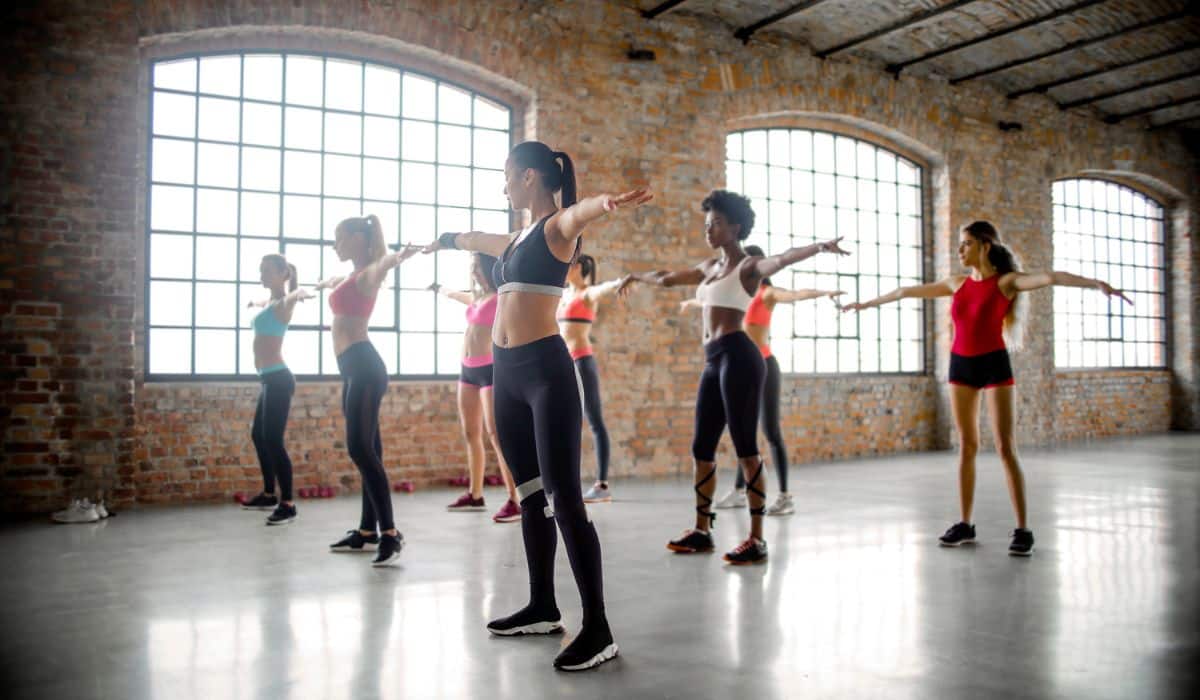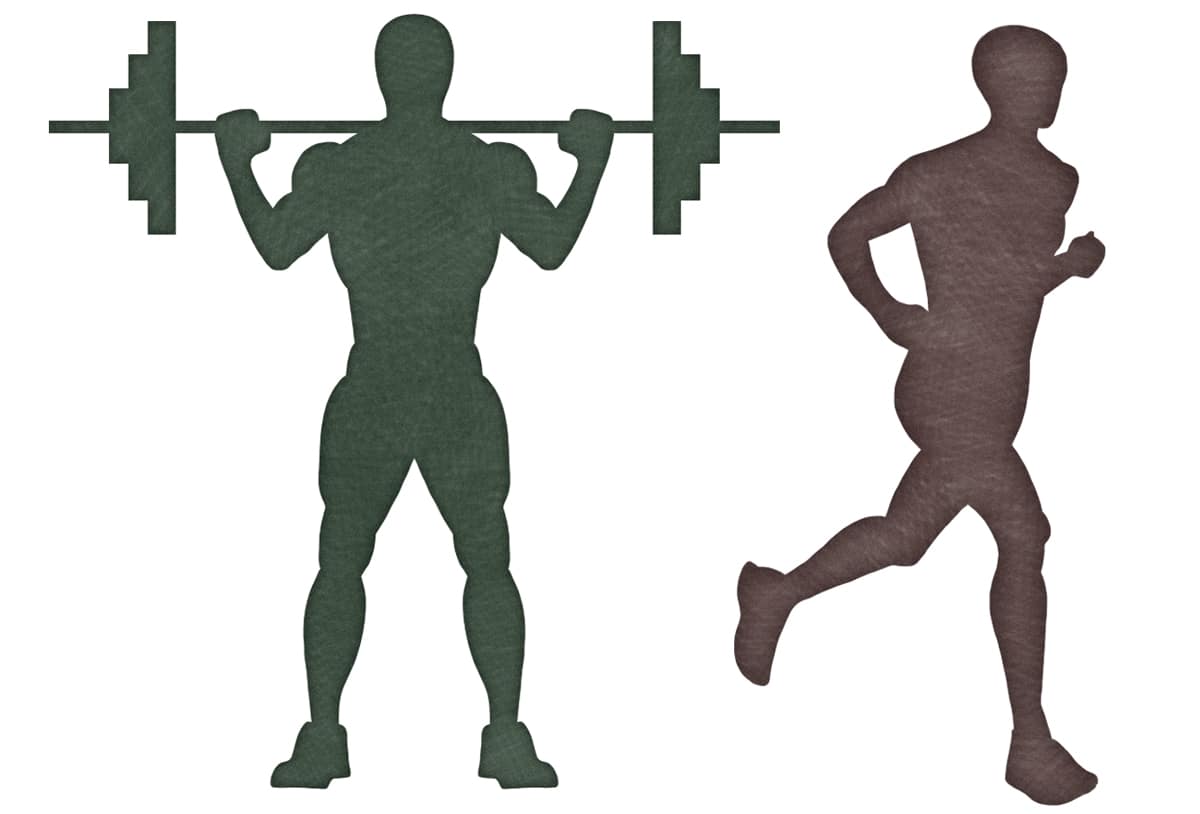
The concept of "food reward" is often used to explain why modern foods are so annoyingly good at making people gain weight. Put very briefly, the idea is that some foods overstimulate the pleasure centers in your brain and override your body’s natural signals to stop eating. (You can read all about it here (part 1, part 2, part 3). Of course, junk food companies have figured out exactly how to make foods that hit everyone’s buttons, and that’s one reason why so many people eat so much more than they need.
The Paleo answer is to stop eating the overstimulating foods and go back to the foods that your brain is actually equipped to deal with. Some foods are non-Paleo because our bodies haven’t evolved to handle them (grains, trans fats, dairy for most people); some foods are non-Paleo because our brains haven’t evolved to handle them (depending on your particular tastes, they might include Ben & Jerry’s, Doritos, chocolate truffles, Chips Ahoy, or any number of other things).
But there’s another factor that you can use to help re-train your brain out of the overstimulation/overeating cycle: exercise.
In this post, we’ll be looking at how exercise plays into food reward and the reward system generally. Specifically…
- Why some people love exercise and other people can’t stand it (hint: it’s more about dopamine than moral fiber).
- How exercise modifies food reward responses
- How you can use exercise to re-train your reward system.
Exercise and Reward
Some people (maybe you’re one of them) truly enjoy exercise for its own sake. They’d do it even if it had no health benefits at all, just because they like it. Meanwhile, other people can’t stand it – if they exercise at all, it’s purely for the benefits they’re hoping to get.
What’s the difference? The short answer is reward signaling.
In your brain, reward is the sensation that something feels good and you want to do it again. It’s basically pleasure + motivation. Imagine eating your favorite food. It tastes really great, and you feel good: boom, that’s your reward. The next day you want to eat it again because you want to get that reward (the good feeling) again.
For humans in our natural habitat (no sedentary modern lifestyle, no junk food, no years of exercise being associated with pain or shame or humiliation…) exercise is rewarding just like tasty food. For people who love exercise, that’s why: they get a feeling of reward from it. For people who don’t have that brain chemistry, it’s a whole different ballgame.

Unfortunately, the modern life tends to play hardball with everyone’s reward system, and it’s not just limited to food.
Obesity, Dopamine, and Reward from Eating & Exercise
The main chemical responsible for feelings of reward is dopamine. People with obesity typically have lower activity of D2 dopamine receptors, meaning that they don’t get the same intensity of reward as people without obesity. (This is sometimes called "reward deficiency syndrome").
Dopamine mediates the "reward" that you get while exercising. In fact, scientists can actually make rats run on wheels more or less just by modifying dopamine signaling in their brains. The exact same reward system is also involved in motivation/pleasure from eating. Lower D2 receptor activity increases the drive to eat and reduces the reward from exercise. People with lower dopamine receptor activity don’t get the same reward from exercise – so of course they typically do less of it.
If these people lived in the Paleolithic, they might also under-eat because it’s not very rewarding, but they don’t live in the Paleolithic. They live in the modern world, where there’s tons of hyper-rewarding food just around the corner at the nearest 7-11. So in the real world, people with lower dopamine receptor activity are more tempted by ultra-processed junk food because it gives them a sensation of reward that they can’t get from natural foods.
The combination of lower drive to exercise + higher drive to eat processed junk food has a very predictable result: weight gain.
(At this point, it’s interesting to note that some people have a totally opposite response: dopamine signaling and dopamine receptor alterations are involved in under-eating and over-exercising in anorexia. But that’s a whole other complicated story, so we’ll leave it for now).
Obviously, the big question here is why some people have low D2 receptor activity, and the answer is complicated. Partly, it’s genetic. Partly, it might be a lousy diet early in life. But the really interesting fact is that dopamine receptor activity isn’t set in stone.
Exercise Modifies the Reward System
Here’s a little bit of positive news: for people who fall into the overeating/underexercising side of the dopamine dysfunction spectrum (which is a lot of people), exercise can actually modify the reward response to both food and exercise.
Exercise modifies dopamine signaling in general. And that rebounds on the reward that your brain gets from exercise and from food.
(Side note: if the concept of food addiction resonates with you, you might also be interested in this study. In patients with drug addiction, which is well-known to involve dopamine signaling problems, exercise improved dopamine receptor function.)
Exercise Modifies Exercise Reward
As this review (free to read if you’re interested) puts it:
- Exercise increases dopamine signaling (and levels of another good neurochemical called BDNF, but that’s for another post).
- Increased dopamine signaling "creates a positively reinforcing condition in which the dopamine system acts in an independent fashion controlling the “wanting” and/or motivation for natural rewarding stimuli such as physical activity"
So in other words, when people work out, our brain chemistry changes in ways that make us enjoy workouts more. This does require an initial commitment to exercise before it feels good, but eventually it becomes a virtuous cycle.
Exercise Modifies Food Reward
Exercise also modifies the reward-driven desire to eat junk food. In this study, swimming exercise reduced the preference for a junk-food diet in mice. As the study put it:
"Taken together, these results suggest that swimming exercise regulates the dopaminergic reward system to decrease high-fat diet intake "
Want one in humans? In this study of healthy, active people, exercise reduced the rewarding feeling that the subjects got from food . This study tested aerobic exercise (cardio) and resistance exercise (weightlifting) in healthy women and found that they both worked to reduce desire for junk food. And a matching one for the gentlemen: exercise reduced reward-related brain activation in response to pictures of high-calorie junk food. (This study found basically the same thing, but in both men and women).
There's a lot of evidence that exercise can help re-regulate food reward and train your brain away from wanting junk food so much.
Summing it Up
Reward is one of many factors in overeating. It’s not the answer, but it’s one part of the answer.
So far, the evidence we have suggests that some people have lower sensitivity to reward. Those people might have extreme reward-seeking behaviors (overeating or compulsive over-exercising) or they might have a lack of motivation to seek reward (undereating or not wanting to exercise).
If you fall into the overeating/under-exercising camp, exercise is one way to hit the reset button on your reward signaling. In human and rat studies, exercise creates a "virtuous cycle" of exercising and feeling good about it. It also reduces the desire to eat junk food by rearranging the reward circuitry in your brain.
It’s not about using willpower forever, because it’s been very clearly proven by now that willpower by itself can't power long-term behavior change. In the long term, willpower breaks down. It’s about using willpower or other temporary motivation just to get over the hump at the beginning and then letting your newly-revamped reward system do the rest. When you like exercising, it doesn't take huge amounts of willpower to do it!
That does require working through a bit of suck at the start, but if you feel like you’re irresistibly pulled towards junk food and candy, it might be worth the pain for the sake of eventually enjoying the exercise and having those cravings fade out to a more manageable level.





Leave a Reply